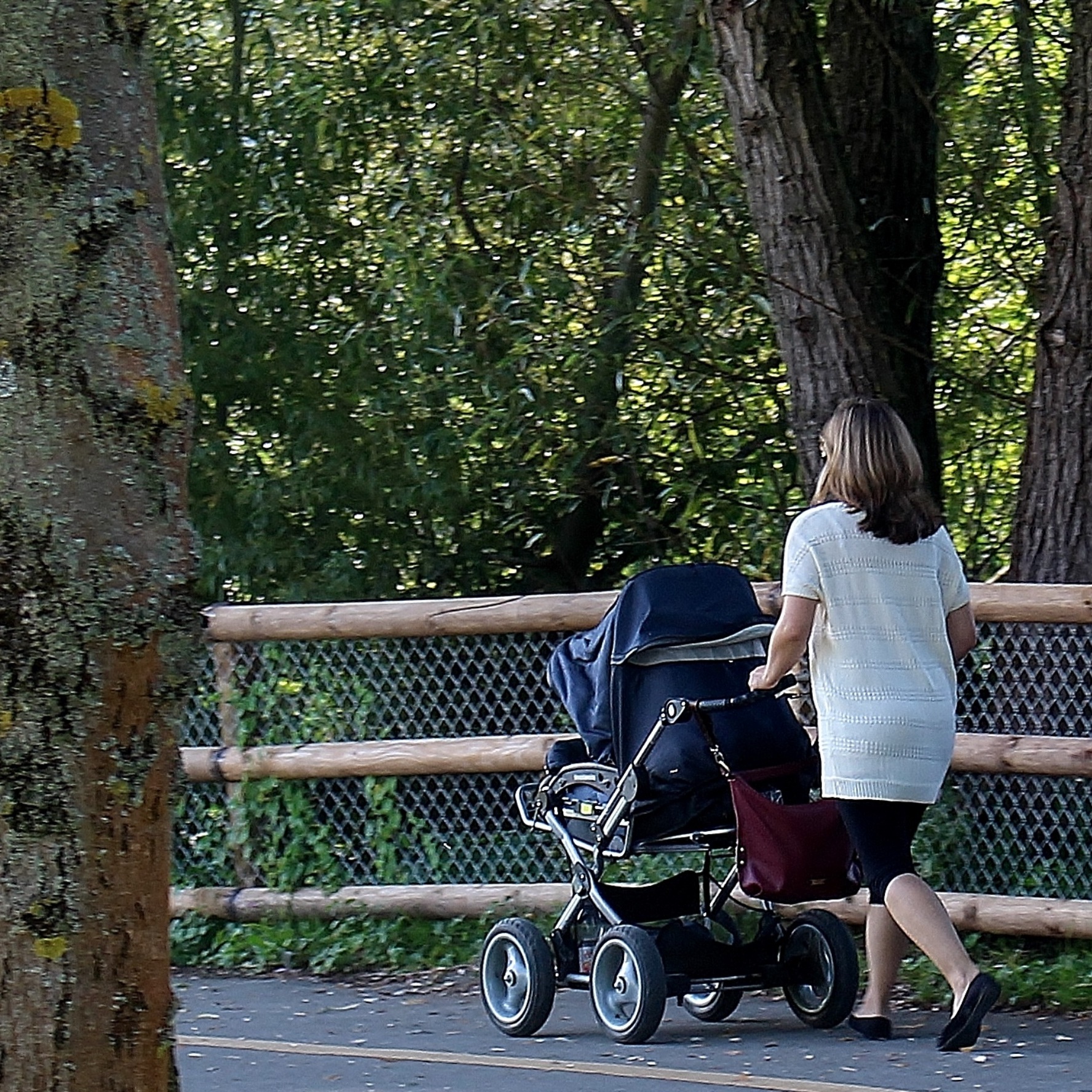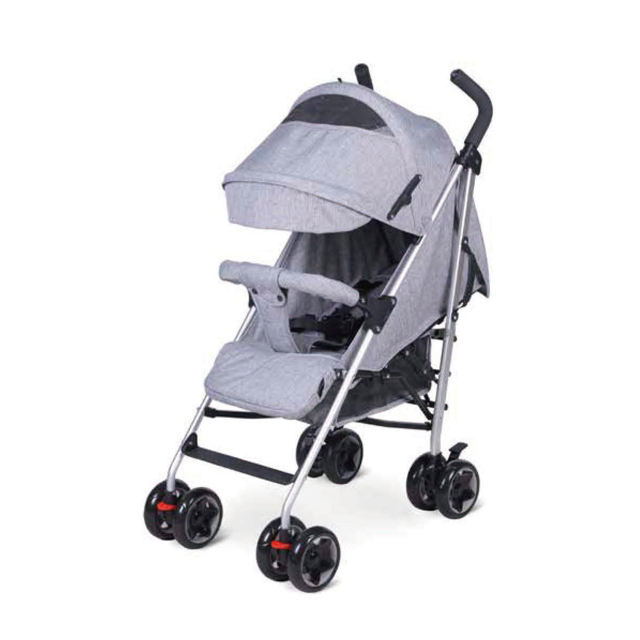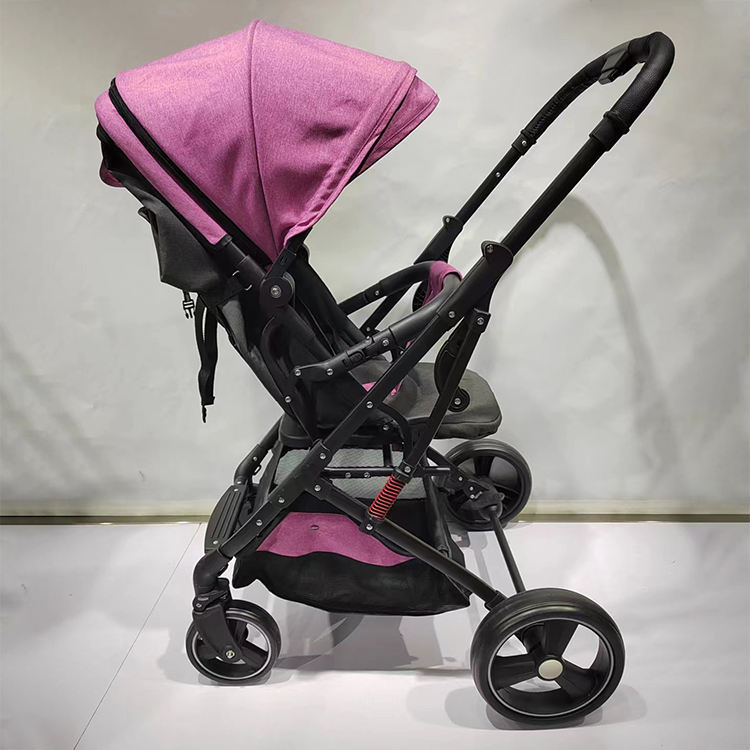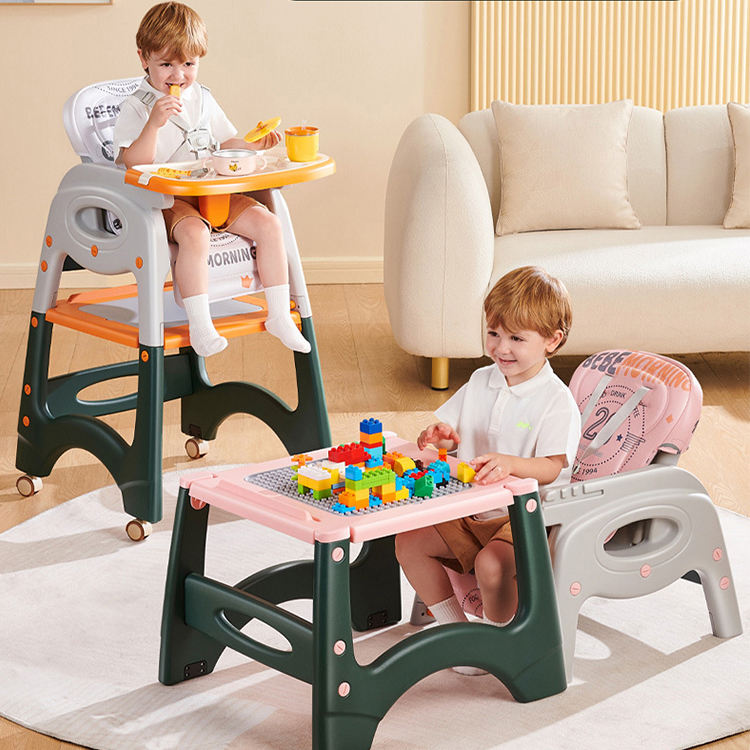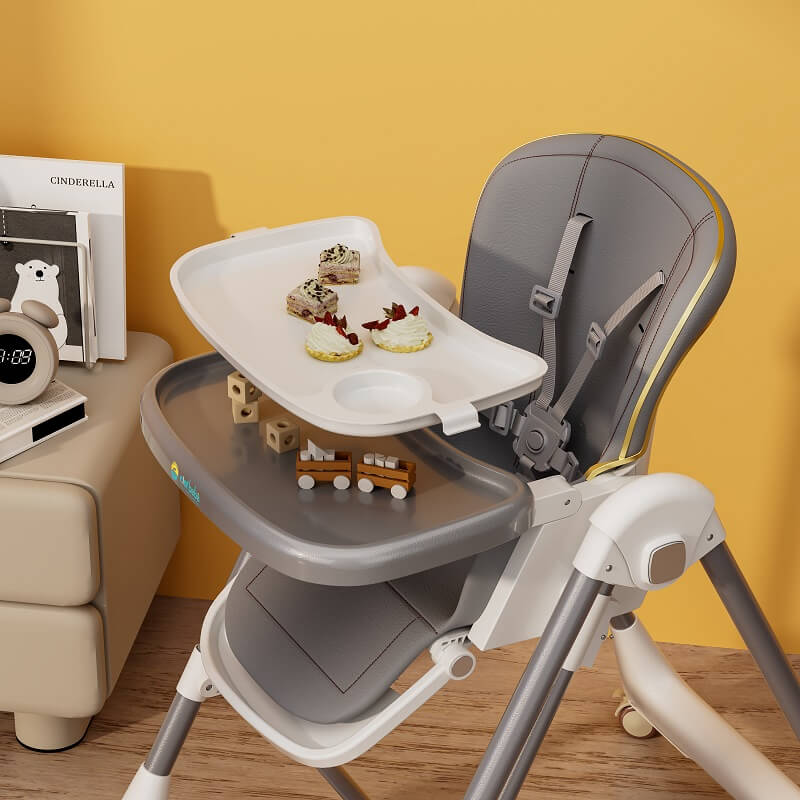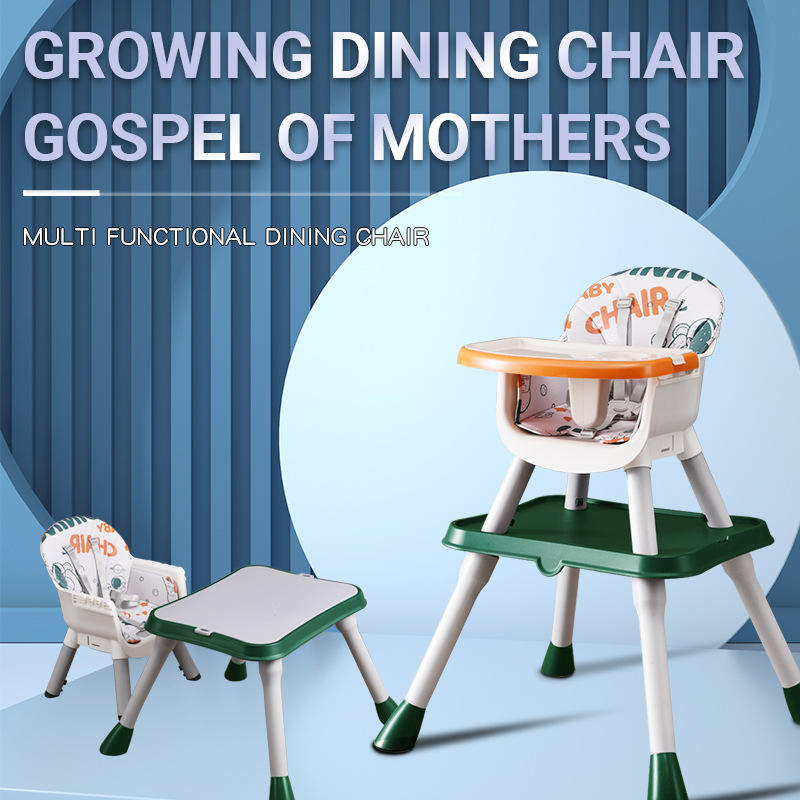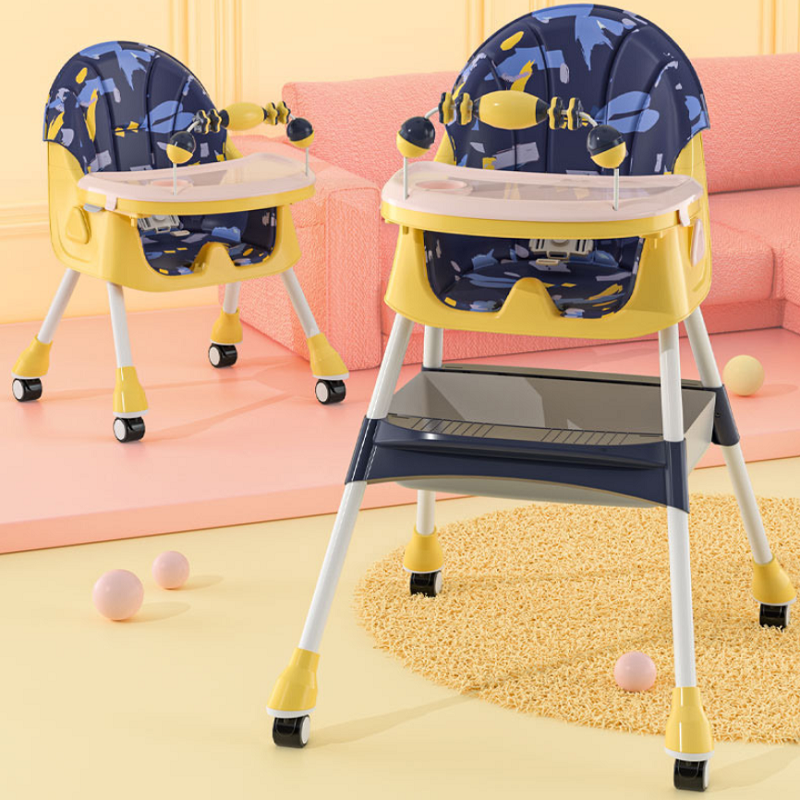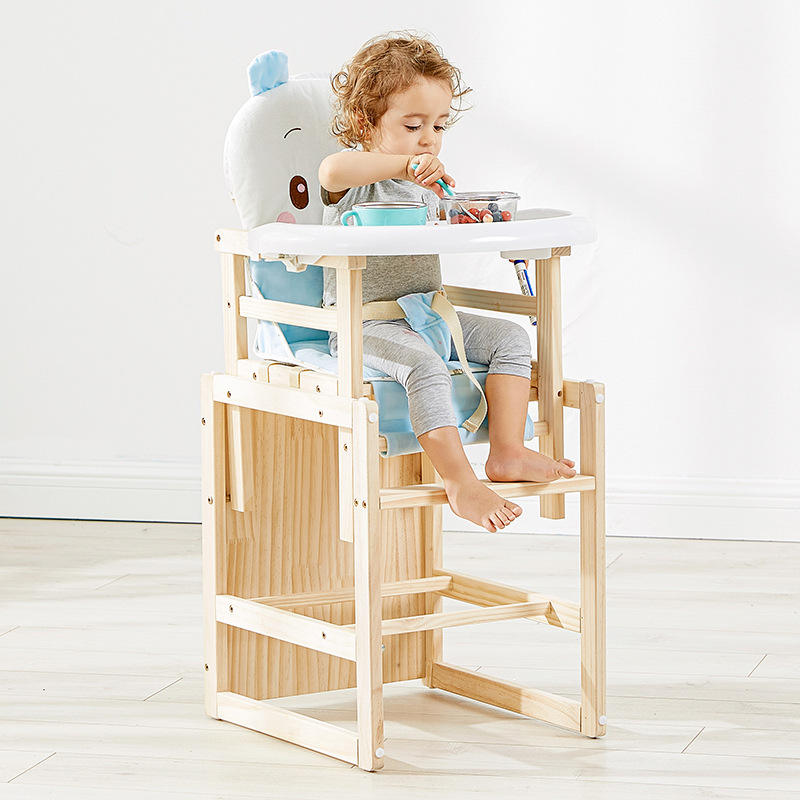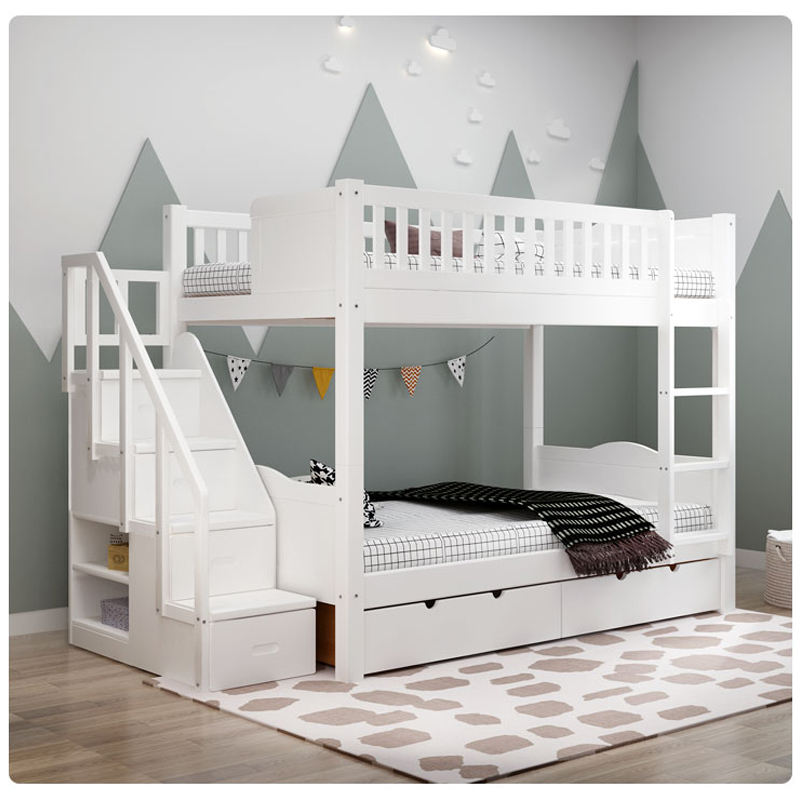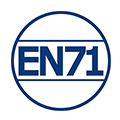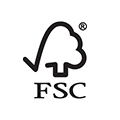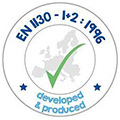Navigating the world of baby transportation can be a maze of decisions for new and expecting parents. Central to this challenge is the choice between a pram and a stroller. Both serve the fundamental purpose of transporting a child, yet they cater to different needs, preferences, and stages of a child’s growth. This comprehensive guide aims to unravel the differences, benefits, and considerations of prams and strollers, aiding parents in making an informed decision.
What is a Pram?
Definition of a pram
A pram, short for perambulator. A pram is a wheeled vehicle with a body suspended on a frame, usually designed to transport an infant or young child in a lying-down or semi-reclined position. Characterized by a flat sleeping surface, it provides the perfect setting for babies to lie down, mimicking the comfort and security of a cradle.
Historical background
The concept of prams dates back centuries, evolving from simple devices to the sophisticated designs we see today. Traditional prams were often large, ornate, and constructed with sturdy materials like wood and metal. They were handcrafted and considered a luxury item, primarily used by affluent families in the 19th and early 20th centuries.
Over time, pram designs became more streamlined and practical. The 20th century brought about significant innovations, including foldable designs and lighter materials, transforming the pram into a more practical and accessible option for families worldwide.
Features and Characteristics of Prams
- Bassinet Style: Adopt cradle style design, which allows newborns and infants to lie flat.
- Large Wheels: It has large, sturdy wheels, often with suspension systems, to provide a smooth ride even on rough terrain.
- Reversible Seat: This comes with a reversible seat unit, allowing the baby to face either the parent or the world.
- Spacious: It has a larger carrying capacity and more storage space underneath.
- Traditional Design: Featuring a classic, elegant design. The frame is made of metal or sturdy plastic and comes with a fabric canopy.
Types of prams
The pram category encompasses a range of designs, from the classic, heritage models reminiscent of a bygone era to contemporary versions that blend aesthetics with functionality. Traditional prams are distinguished by their luxurious design and durable construction, often becoming family heirlooms. Modern prams, on the other hand, prioritize convenience, featuring lightweight materials, foldable mechanisms, and compatibility with car seats to cater to the active, urban lifestyle of today’s parents.

What is a Stroller?
Definition of a stroller
Strollers, also known as pushchairs or buggies in different parts of the world. It is a portable chair on wheels used to transport infants or young children in a seated position. They are an essential tool for parents, providing freedom and flexibility in various settings, from city walks to shopping trips and travel.
Historical background
Early strollers were simple in construction, consisting of a chair or basket mounted on a frame with wheels. They were primarily used for transporting infants and toddlers short distances.
But the stroller has evolved from a simple, practical device to a sophisticated piece of equipment that meets a wide range of needs and preferences. Innovations such as lightweight frames, safety harnesses, and adjustable seating have transformed strollers into versatile, safe, and comfortable means of transport for children.
Features and characteristics of strollers
- Compact Design: More compact and lightweight design
- Adjustable Seat Positions: Strollers typically have adjustable seat positions, including recline options.
- Smaller Wheels: Strollers usually have smaller wheels compared to prams.
- Travel System Compatibility: Many strollers are compatible with infant car seats.
- Variety of Styles: Strollers come in a variety of styles to meet different application scenarios and preferences.
Types of Strollers
- Umbrella Strollers: These lightweight and compact strollers are designed for easy folding and storage.
- Travel System Strollers: Come with a detachable car seat that can be used both in the stroller and in a car.
- Jogging Strollers: Feature a three-wheel design with air-filled tires and suspension systems, making them suitable for running or jogging on various terrains.
- Double Strollers: Also known as tandem or side-by-side strollers, these are designed to accommodate two children simultaneously.
- Convertible Strollers: These versatile strollers can be configured in multiple seating positions, adapting to the changing needs of growing children and expanding families.
Key Differences Between Prams and Strollers
Size and Design Differences
Prams are generally larger and built with a focus on providing a comfortable lying position for the baby. This makes them ideal for newborns and young infants who spend much of their time sleeping. They often feature a traditional, vintage-inspired aesthetic.
Strollers are generally smaller and more lightweight, featuring a seated design with a padded chair. They come in a variety of designs, from compact umbrella strollers to specialized models like jogging strollers and travel systems.
Usage and Functionality Distinctions
Prams are primarily designed for newborns and young infants, suitable for leisurely walks where the baby can sleep undisturbed. They are well-suited for leisurely walks and outings in urban or suburban environments.
Strollers are designed for maneuverability and versatility. They offer a seated position for children to observe their surroundings while providing caregivers with the convenience of easy maneuverability and portability.
Age Suitability for Infants and Toddlers
Prams are typically used during the first few months of a baby’s life when they require a lie-flat sleeping position.
Strollers accommodate older infants and toddlers who are able to sit up independently.
Maneuverability and Portability Factors
While prams offer a smooth ride and stability, they may be bulkier and less maneuverable compared to strollers, especially in crowded or narrow spaces. Their larger size may also make them less portable for travel.
Strollers are designed for easy maneuverability and portability, with lightweight frames and compact folding mechanisms. They are well-suited for navigating tight spaces, public transportation, and travel.
Safety Considerations
Prams typically have a stable, sturdy frame and large wheels for added stability and safety. They often feature a harness or restraint system to secure the baby during transit, along with a protective canopy to shield them from the elements.
Strollers prioritize safety with features such as adjustable harnesses, brake systems, and lockable wheels. They are designed to meet safety standards for child transportation and offer caregivers peace of mind during outings.
Pros and Cons of Prams and Strollers
Prams Advantages
- Comfort for Newborns: Providing a lie-flat position, which is ideal for newborns, supporting their delicate spines and allowing them to sleep comfortably on the go.
- Traditional Aesthetic: They have a classic, elegant design that appeals to many parents.
- Protection from Elements: Come with a canopy or hood to shield infants from sunlight, wind, rain, and other weather conditions.
- Spacious Storage: Features generous storage compartments or baskets underneath, offering ample space to carry essentials such as diapers, blankets, and baby supplies.
Prams Disadvantages
- Bulkiness: Prams are often larger and bulkier than strollers, making them less maneuverable.
- Limited Longevity: They are designed for newborns and infants, and may not be suitable for older babies or toddlers who prefer to sit upright and explore their surroundings.
- Less Portable: Due to their size and weight, prams are less portable than strollers, making them less convenient for travel or transportation.
Strollers Advantages
- Versatility: Suitable for a wide range of ages, accommodating both infants and toddlers with adjustable seating positions and harness systems.
- Maneuverability: Strollers are lightweight and designed for easy maneuverability, making them ideal for navigating crowded areas, public transportation, and outdoor terrain.
- Portability: Feature compact folding mechanisms, allowing them to be easily transported and stored in vehicles, airplanes, or other tight spaces.
- Specialized Features: Strollers come in various types, such as umbrella strollers, jogging strollers, and travel systems, offering specialized features to cater to different lifestyles and preferences.
Strollers Disadvantages
- Less Comfort for Newborns: While some strollers offer a fully reclining position, they may not provide the same level of comfort and support as prams for newborns.
- Limited Storage: Strollers may have smaller storage compartments or baskets compared to prams, limiting the amount of gear and supplies that can be carried during outings.
When to Move Baby from Pram to Pushchair?
Around 6 to 9 months, babies start to sit up with support and eventually sit independently. Once your baby can sit with minimal assistance, they’re likely ready for a pushchair, as it provides a more upright position. Babies are naturally curious and eager to explore their environment. If your baby seems frustrated or restless in the confined space of a pram, you need to consider whether you should transfer them to a stroller.
Babies grow rapidly during their first year, and their size and weight can quickly outgrow the bassinet or carrycot of a pram. If your baby seems cramped or uncomfortable in the pram, it may be time to transition to a pushchair that offers more space and support.
Do I Have to Buy Both a Pram and a Stroller?
Prams and strollers are designed for children of varying ages. When you purchase a pram for your newborn, you’ll eventually have to transition to a stroller as your child grows. This raises the question: should a family buy prams and strollers for each child separately?
Strollers are just one of the conveniences for taking your kids out, and you can buy them based on your needs, not both. If you didn’t take your kids out often when they were young or rarely travel with them, here are some alternatives you can consider:
Convertible Strollers
Taking into account actual needs, many stroller manufacturers and stroller brands have launched convertible strollers, allowing children to use only one outing tool from newborn to early childhood. Convertible strollers are versatile baby transport systems that can be adapted to different configurations. These strollers typically offer various seating options, including a bassinet mode for newborns, a reversible seat for toddlers, and the ability to attach infant car seats.
1. Bassinet Mode: Convertible strollers often come with a bassinet attachment or feature that allows you to use the stroller as a pram for newborns. The bassinet provides a flat and comfortable lying position for infants, promoting healthy spinal development and allowing them to nap on the go.
2. Reversible Seat: Many convertible strollers have a reversible seat that can be adjusted to face either forward or backward. This feature is useful as it allows you to interact with your baby while facing them.
3. Adjustable Seat Positions: Convertible strollers typically offer multiple recline positions, when your child can sit up, the tilt position can be adjusted so your active little one can see what he or she wants to see.
4. Long-Term Use: Convertible strollers are designed to accommodate children from infancy through toddlerhood and sometimes beyond. With durable construction and adjustable features, they can provide years of use as your child grows.
Alternatives to Prams
1. Baby Carriers: Baby carriers like wraps, slings, or structured carriers allow you to carry your baby close to your body while keeping your hands free. They’re great for bonding and for navigating crowded or uneven terrain where a stroller might be cumbersome.
2. Baby Backpacks: These are similar to carriers but designed to be worn on your back, suitable for longer outings or hiking trips where a stroller isn’t practical.
3. Baby Bouncers or Swings: While not a replacement for a stroller for outdoor use, these can provide a safe and comfortable place for your baby to rest or play indoors.
Alternatives to Strollers
1. Wagon: A wagon can be a fun and practical alternative to a stroller, especially for outings like picnics or trips to the park. It provides ample space for your child to sit comfortably and can also carry other essentials like snacks and toys.
2. Sling Cart: Similar to a wagon but with a sling-style seat, sling carts offer a cozy and secure ride for your child while still providing storage space for belongings.
3. Tricycle or Balance Bike: Once your child is old enough, a tricycle or balance bike can be a fun way for them to explore their surroundings while also getting some exercise.
4. Child Trolley or Tote: Similar to a shopping cart but smaller, child trolleys or totes provide a space for your child to sit while you’re out and about, offering a convenient way to transport them without the bulk of a stroller.
What Should I Pay Attention to When Using Pram and Stroller?
When using a pram or stroller for your child, safety, comfort, and practicality are essential considerations. Here are some things to note:
1. Always ensure that your child is securely fastened with the stroller’s safety harness or straps, especially when moving or when the stroller is stationary on uneven ground.
2. Check that the stroller’s brakes are engaged whenever you stop to prevent the stroller from rolling away unexpectedly. Also, ensure that the brakes are functioning correctly and are easy to operate.
3. Pay attention to the weight limits specified by the manufacturer for both the child and any additional items placed in the stroller, such as diaper bags or shopping.
4. Consider the terrain you’ll be navigating and choose a pram or stroller that is suitable for it. Some strollers are better suited for city sidewalks, while others are designed for rougher terrain like parks or trails.
5. Practice folding and unfolding the stroller before using it with your child to ensure you’re comfortable with the process.
6. If you’re going to be out in the sun, make sure the stroller has a canopy or sunshade to protect your child from harmful UV rays. Similarly, if it’s rainy or windy, consider using a weather shield or rain cover to keep your child dry and comfortable.
7. Be cautious when using accessories like cup holders, organizers, or hooks, as they can affect the balance and stability of the stroller.
Recommended Related Articles:
